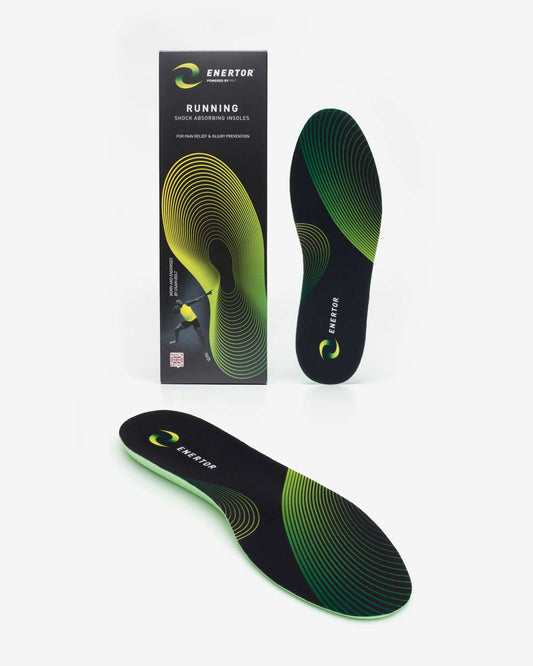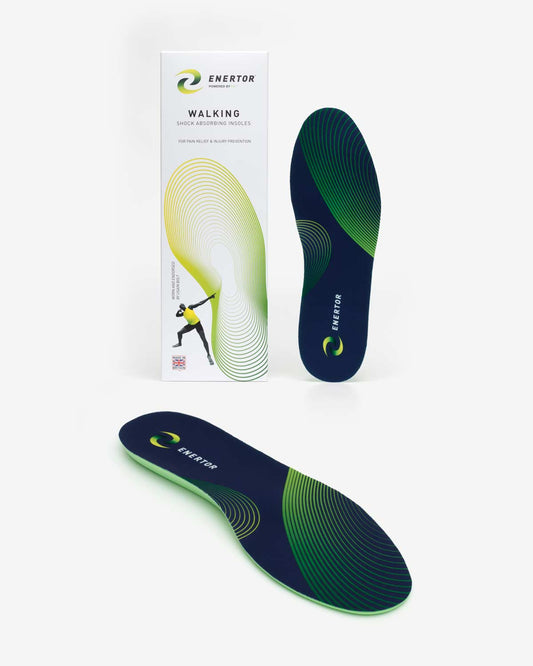Overpronation and Underpronation
Pronation is the word used to describe the natural movement of the foot, whereby the foot “rolls” slightly, flattening the arches to distribute the weight evenly across the foot. This is your body’s natural shock absorber, it helps the lower leg deal with shock. Your foot should normally roll a bit inward with each step. However, some people pronate more (overpronation) or less (underpronation) than others. Underpronation or supination means that when you walk, your weight tends to be more on the outside of your foot putting pressure on the ankle and toes.
Multicolumn
Symptoms of overpronation and underpronation
The main symptoms of overpronation include:
- With overpronation, your foot rolls inwards more than it should.
- This means your lower leg absorbs more impact than it has to and your foot and ankle have problems stabilising your body
- It also means that the front of the foot at the big toe is working harder than it should
- The front of your foot will push off the ground using mainly the big toe and second toe, which then has to carry all of your body weight
- Your gait is poorly aligned and may cause injury such as heel and arch pain, knee, hip or back pain or corns, calluses and hammer toes
The main symptoms of underpronation include: - If you supinate (underpronate) while walking or running, you may notice arch pain, heel pain, and even back and knee pain because of the additional stress this abnormal gait places on the body.
- Over time, supination can also result in plantar fasciitis, bunions, heel spurs, sprained ankles, stress fractures, and tendonitis.
What causes overpronation and underpronation?
The main causes of underpronation include:
- Over-pronation and supination (under-pronation) is usually a result of an inherited problem with the structure of your foot. In other words, if you are an over or under-pronator, it is not the result of an injury, but rather caused by the height of your arch and your “gait cycle”.
- People who supinate (under-pronate) tend to have high arches while people who over-pronate tend to have little to no arches.
Treatment and prevention of overpronation and underpronation
- Insoles can help realign the foot for those who overpronate and underpronate/supinate. This realigns the subtalar joint and restores proper joint position and muscle pull. If you mildly overpronate, use the Enertor PX1 insoles in a neutral or supportive footwear.
- If you underpronate/supinate, use the Enertor PX1 insoles in a pair of under-pronate supportive trainers bought from a specialist running store.
- If you are excessively pronating or supinating, or if your gait differs between your left and right foot (eg if one foot is over pronating and the other is under pronating) seeking professional help such as bespoke orthotics prescribed by a clinician might be the best solution for you.
Insoles that work
-

Running insoles
Running & high impact sports
-

Walking insoles
Walking, hiking & daily use




